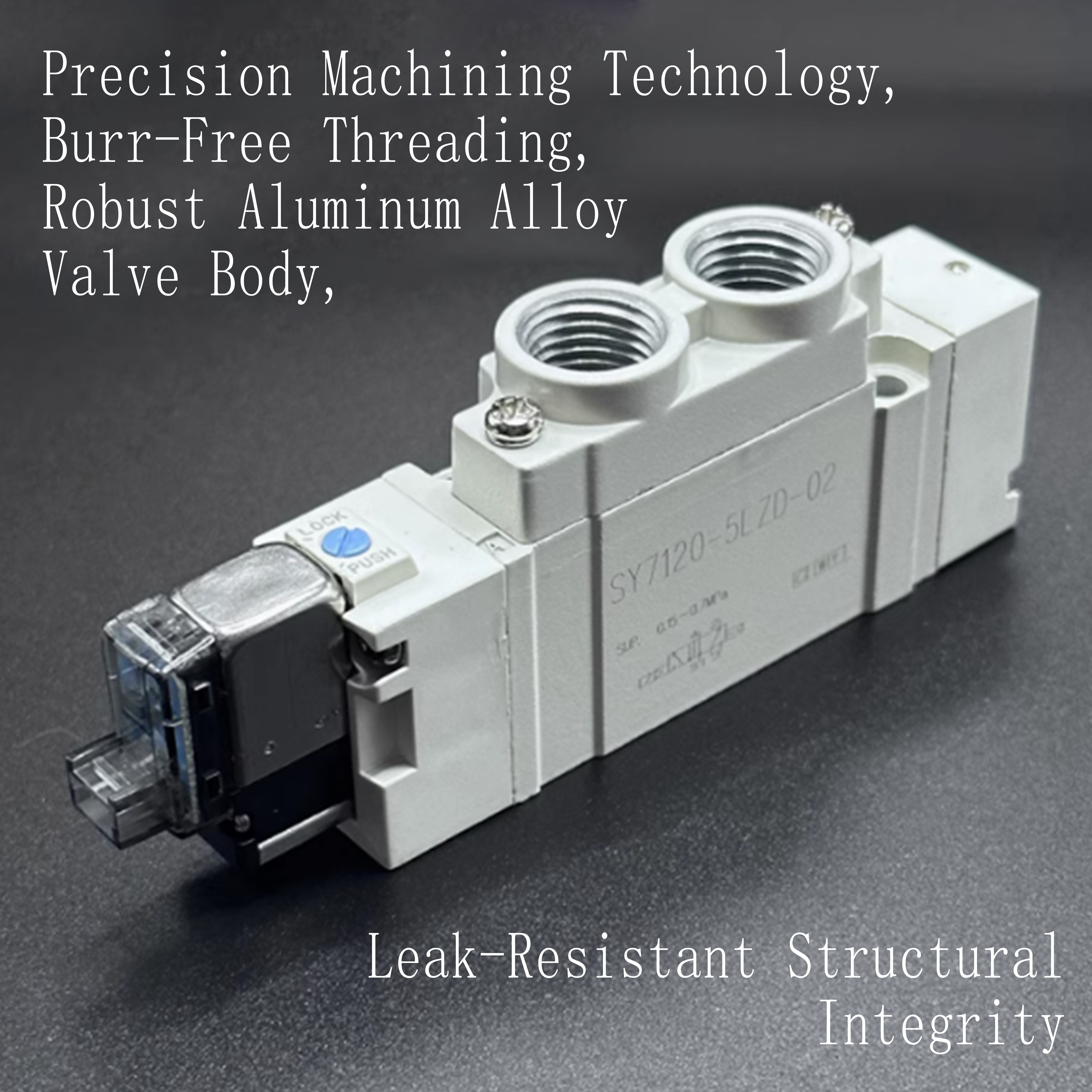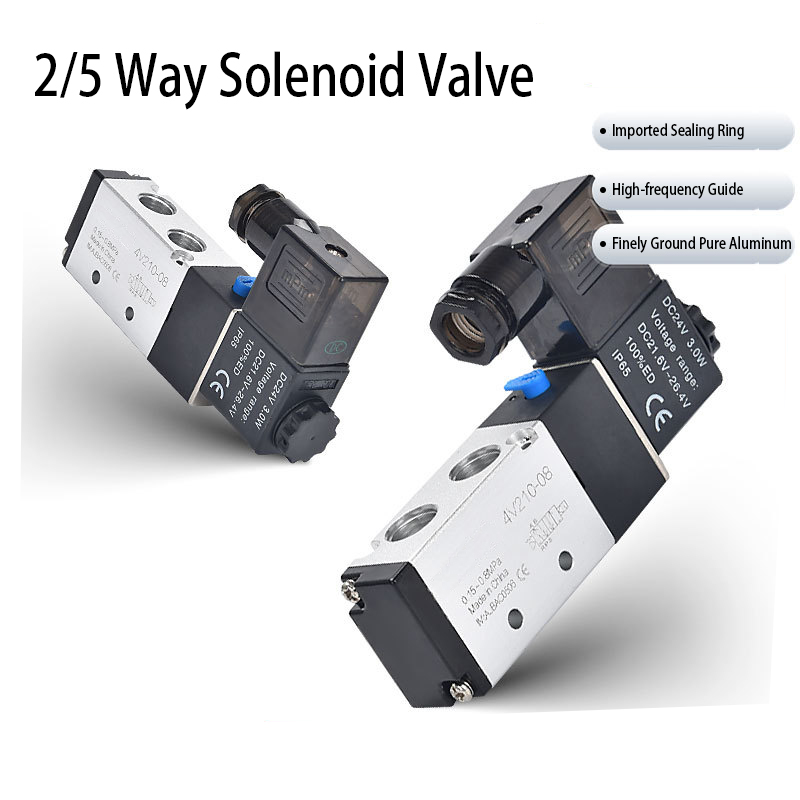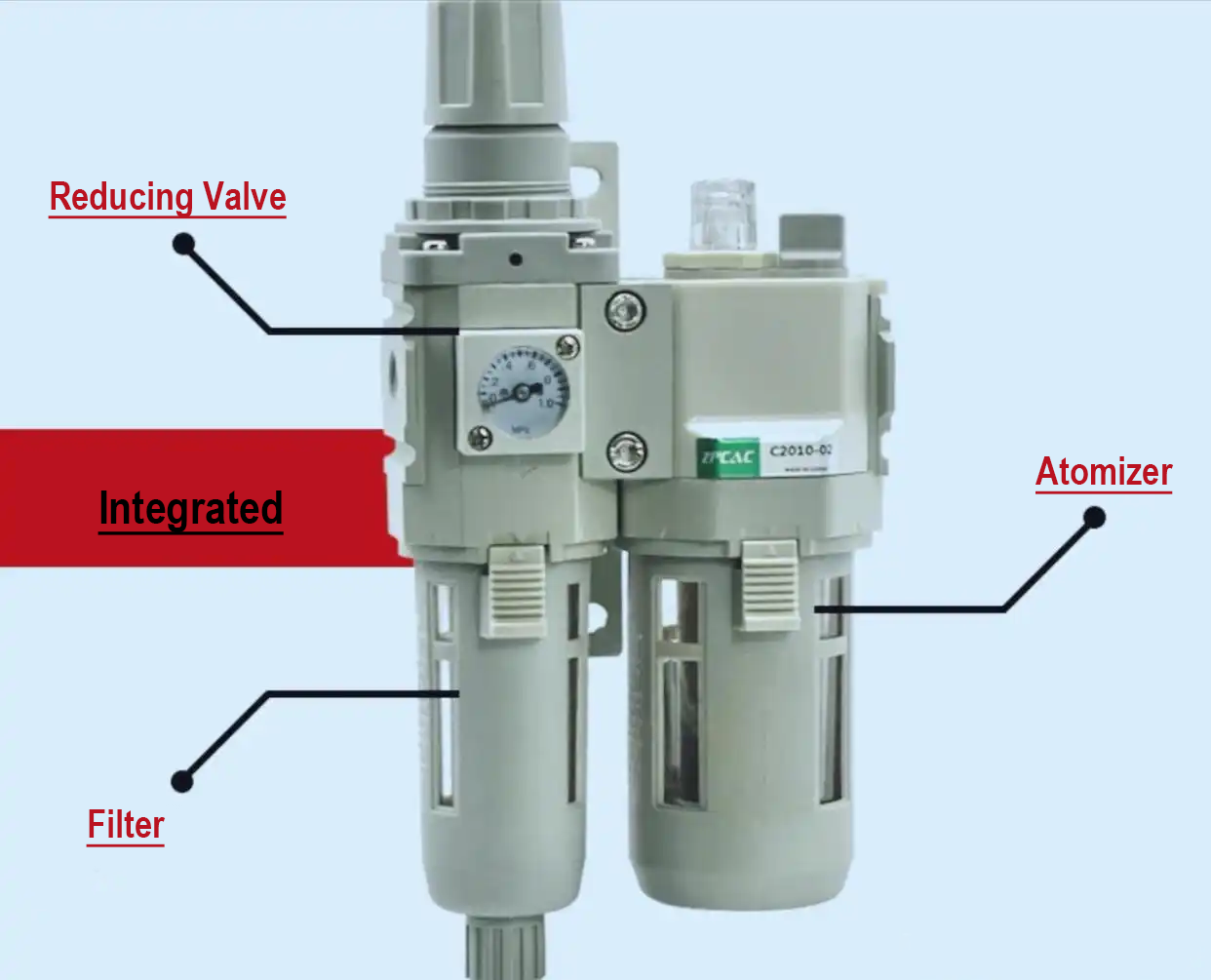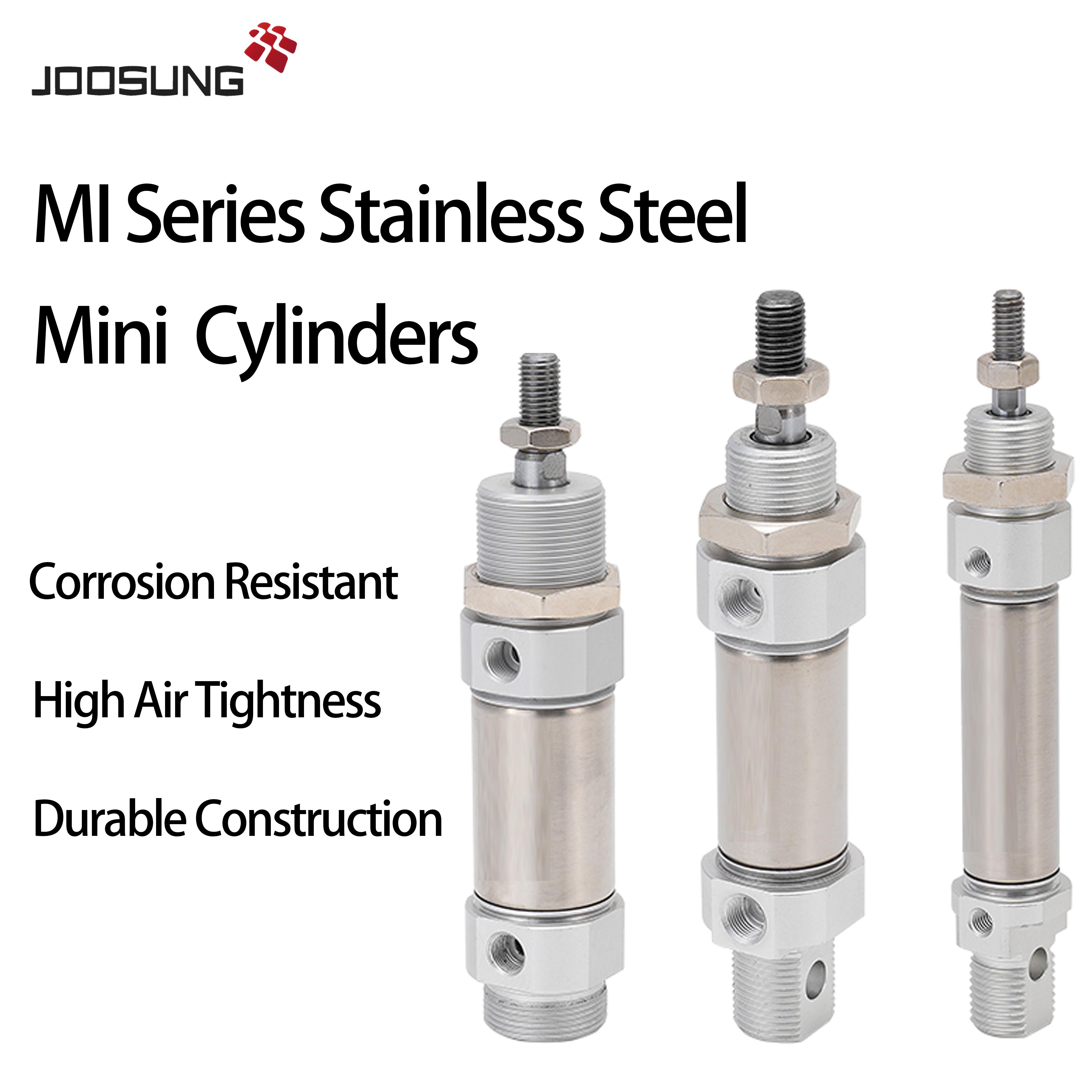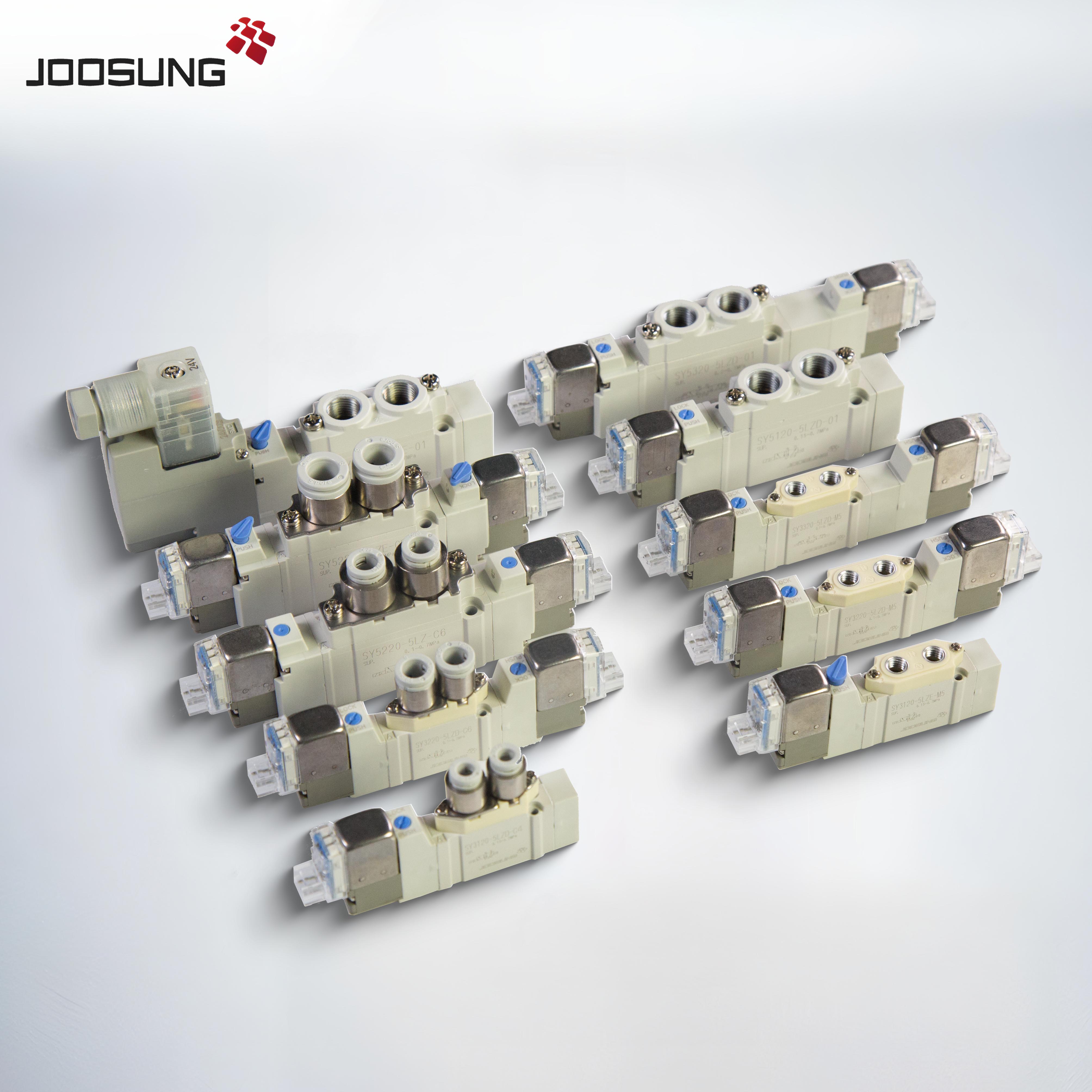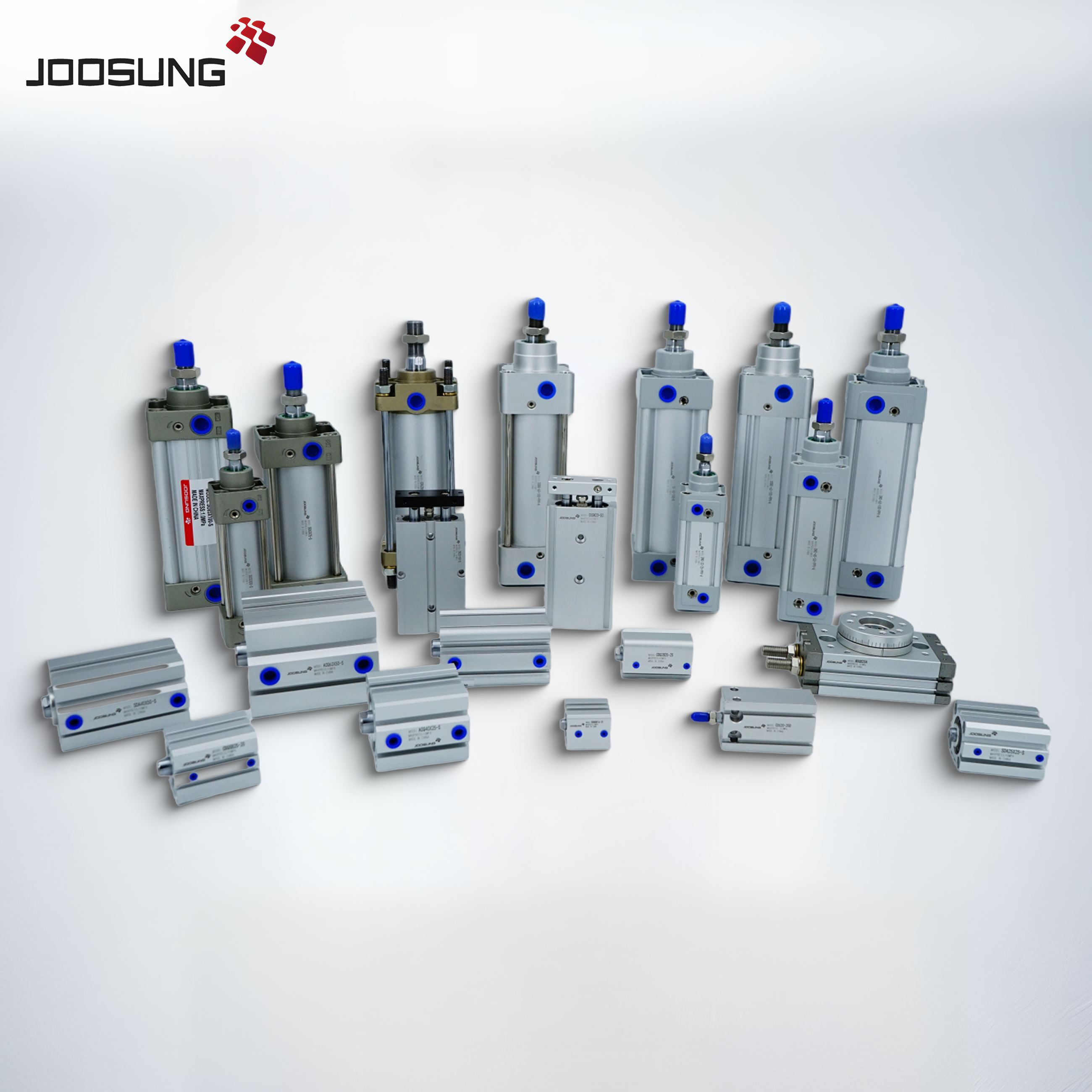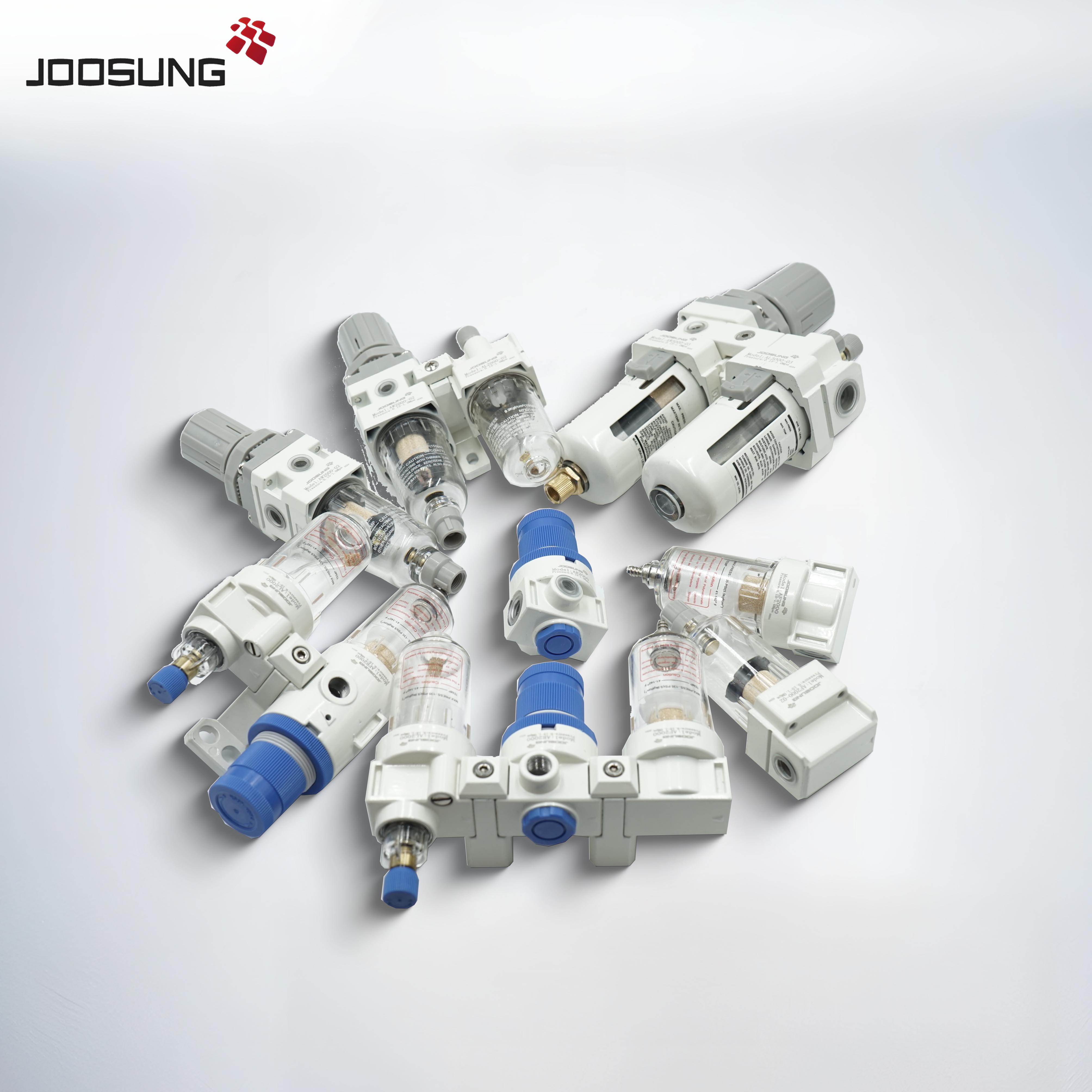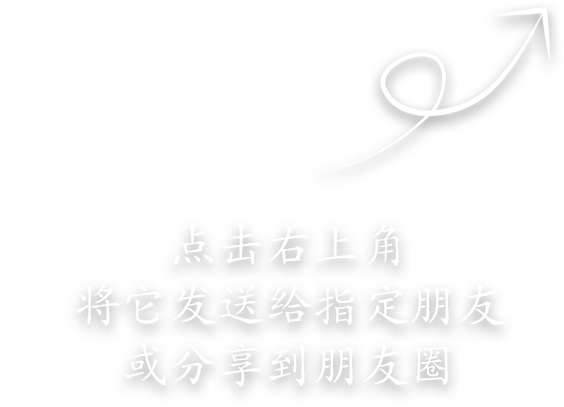
pneumatic cylinder in the long-term use process, due to unbalanced force and friction, it is easy to lead to cylinder wear, resulting in gas leakage, affecting the normal operation of the cylinder. Solutions include replacing or repairing the cylinder
Pneumatic cylinder wear can be caused by several factors, leading to reduced efficiency and potential failure. Below are the common reasons and their corresponding solutions:
Reasons for Pneumatic Cylinder Wear
- Lack of Lubrication – Insufficient lubrication leads to excessive friction, causing wear on seals and internal components.
- Contaminants in Compressed Air – Dirt, moisture, and debris can damage seals and cylinder walls, increasing wear.
- Excessive Side Load – Misalignment or side loading puts stress on the piston rod and bearings, causing uneven wear.
- Overpressure or Incorrect Pressure Settings – Operating beyond the cylinder’s pressure capacity can accelerate wear on seals and components.
- Poor-Quality Seals or Materials – Using low-quality or incompatible seals leads to faster deterioration and leakage.
- Frequent High-Speed Operation – Rapid movements generate heat and friction, wearing out components faster.
- Corrosion or Chemical Exposure – Harsh environments with moisture or chemicals can degrade cylinder surfaces and seals.
Solutions to Reduce Wear
- Ensure Proper Lubrication – Use the correct type and amount of lubricating oil to reduce friction.
- Use Clean, Dry Compressed Air – Install filters and dryers to remove moisture and contaminants from the air supply.
- Minimize Side Load – Ensure proper alignment and use guide rods or external support to prevent lateral forces.
- Operate Within Recommended Pressure Range – Avoid exceeding the manufacturer’s specified pressure limits.
- Use High-Quality Seals – Select durable, compatible seals for the operating environment and application.
- Optimize Speed and Cushioning – Adjust cylinder speed and install cushioning to reduce impact at end positions.
- Apply Corrosion-Resistant Materials – Use stainless steel or coated cylinders in corrosive environments.
Regular maintenance, proper installation, and monitoring operating conditions will extend the life of a pneumatic cylinder and reduce wear-related failures.


